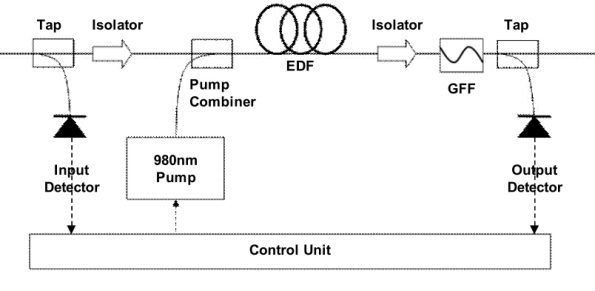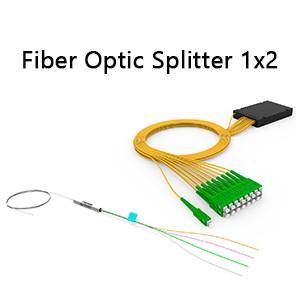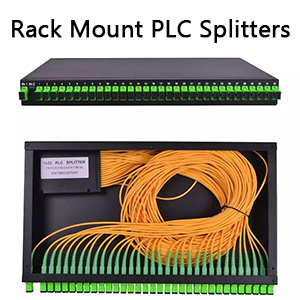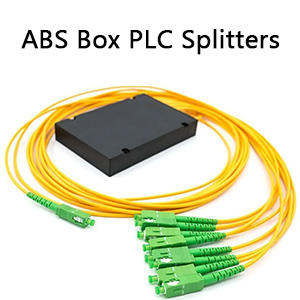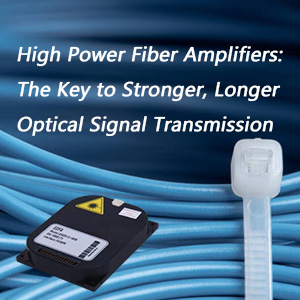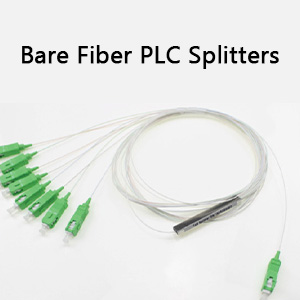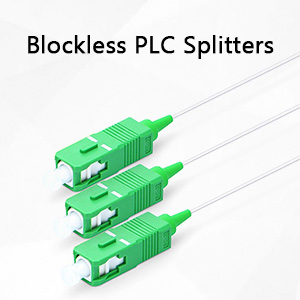In the realm of fiber optic communications, Erbium-Doped Fiber Amplifiers (EDFAs) play a pivotal role in enhancing signal strength over long distances. As data demands grow and networks expand, understanding EDFAs becomes crucial for both enthusiasts and professionals in the field.
What is an EDFA?
An Erbium-Doped Fiber Amplifier is a device used to amplify optical signals in fiber optic cables. By doping a segment of the fiber with erbium ions (Er³⁺), the EDFA leverages the unique properties of these ions to boost signal strength without converting the signal to an electrical form.

How Does an EDFA Work?
The operation of an EDFA relies on the principles of stimulated emission. Here’s a simplified breakdown of the process:
- Doping the Fiber: A section of the optical fiber is infused with erbium ions.
- Pumping: A laser (often at wavelengths of 980 nm or 1480 nm) is used to excite the erbium ions to a higher energy state.
- Signal Amplification: When the weak optical signal passes through the doped fiber, it stimulates the excited erbium ions to release their stored energy as additional photons, thus amplifying the signal.
Advantages of EDFAs
EDFAs offer several significant benefits:
- Wide Bandwidth: They can amplify a broad range of wavelengths, making them suitable for dense wavelength division multiplexing (DWDM) systems.
- Low Noise: EDFAs typically have low noise figures, which means they can amplify signals without significantly degrading their quality.
- High Output Power: They can provide substantial output power, essential for long-distance communication.
- Reliability and Stability: EDFAs are known for their stable performance over time, which is crucial for maintaining consistent communication quality.
Applications of EDFAs
EDFAs are used in various applications within fiber optic communication systems:
- Long-Haul Communications: To boost signal strength over long distances, reducing the need for electronic regenerators.
- Metro Networks: In metropolitan area networks (MANs) where data demands are high and distances are moderate.
- Submarine Cables: For undersea communication cables, ensuring that data can travel across oceans without significant loss.
- CATV Networks: In cable television networks, to distribute signals effectively across large areas.
Future of EDFAs
As the demand for higher bandwidth and faster communication grows, EDFAs will continue to be a cornerstone in optical networks. Innovations in materials and pumping techniques are likely to enhance their efficiency and capabilities, keeping pace with the evolving needs of global communication infrastructure.
Conclusion
Erbium-Doped Fiber Amplifiers are indispensable in modern optical communication systems. Their ability to amplify signals over long distances with high efficiency and low noise makes them a key technology in maintaining and expanding our global communication networks. Fiber-Life’s advanced EDFA solutions exemplify this capability, ensuring robust and reliable signal amplification for various applications. Understanding their operation and benefits provides valuable insight into the backbone of today’s internet and telecommunication infrastructure.

